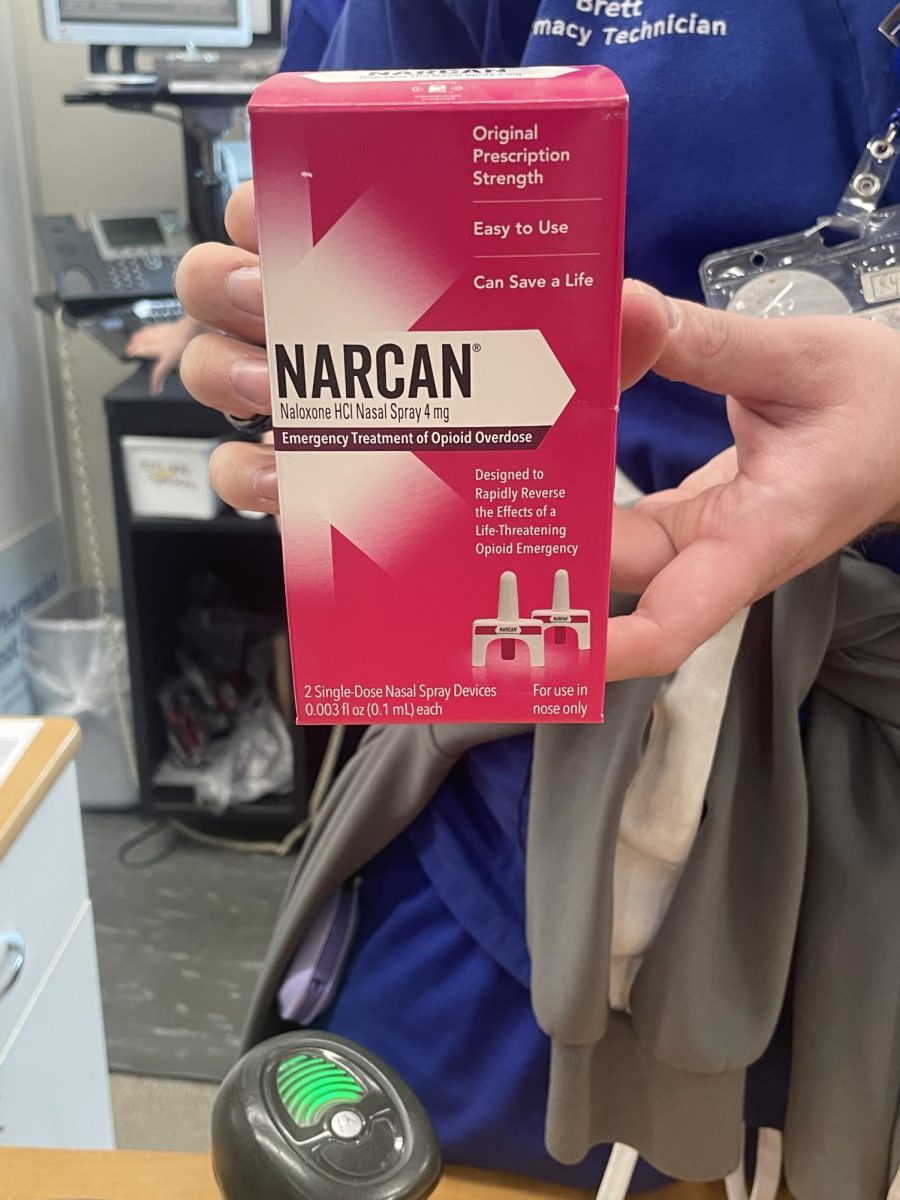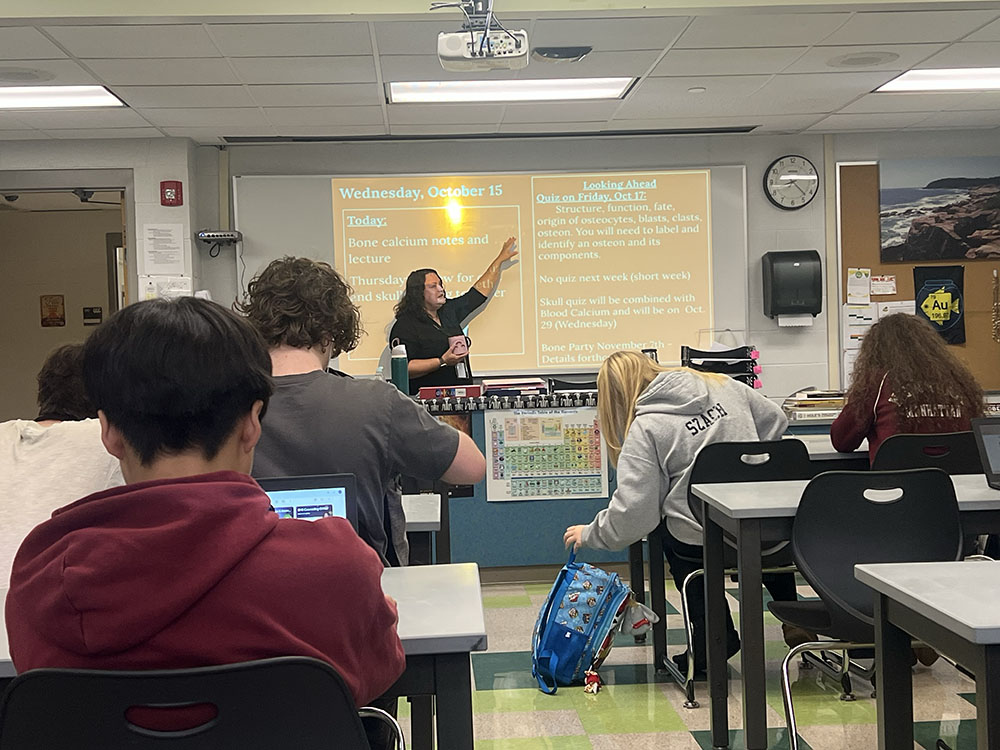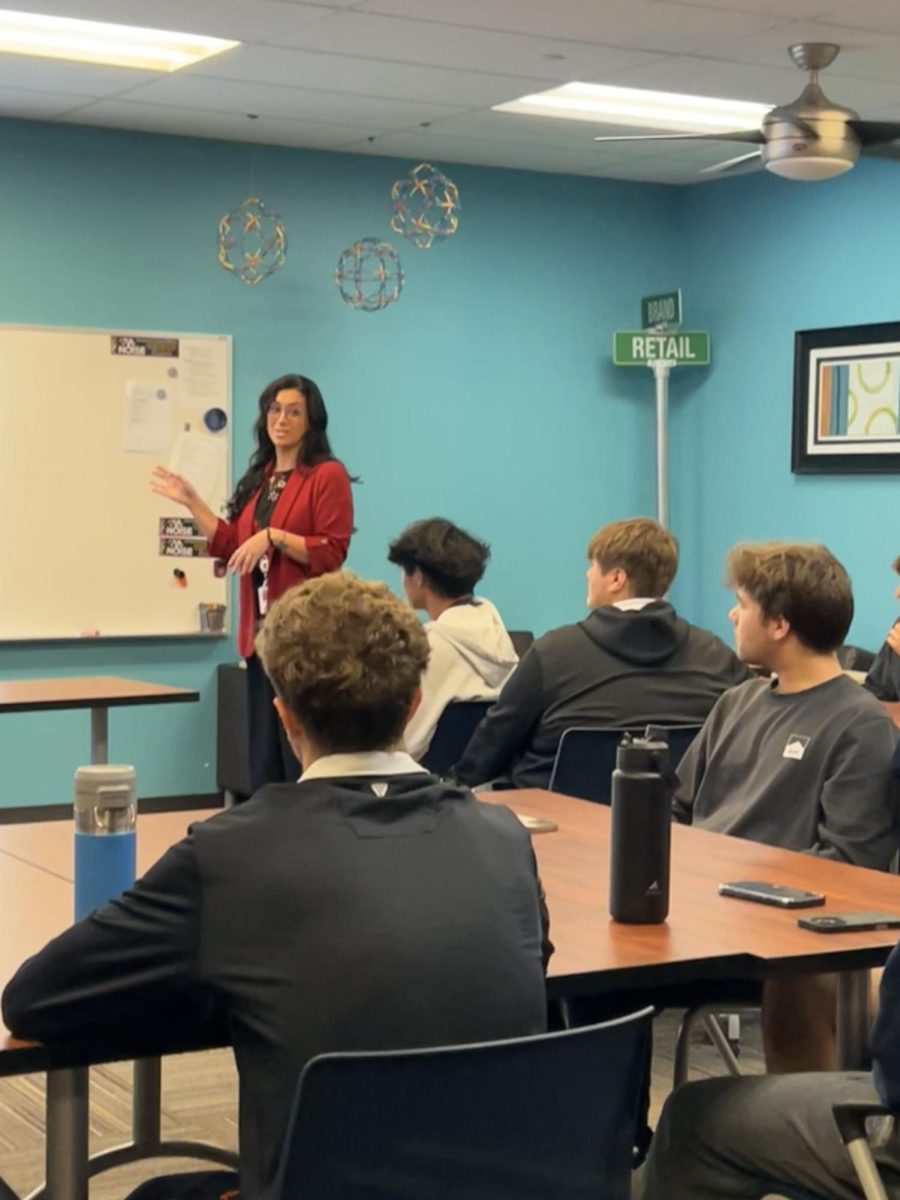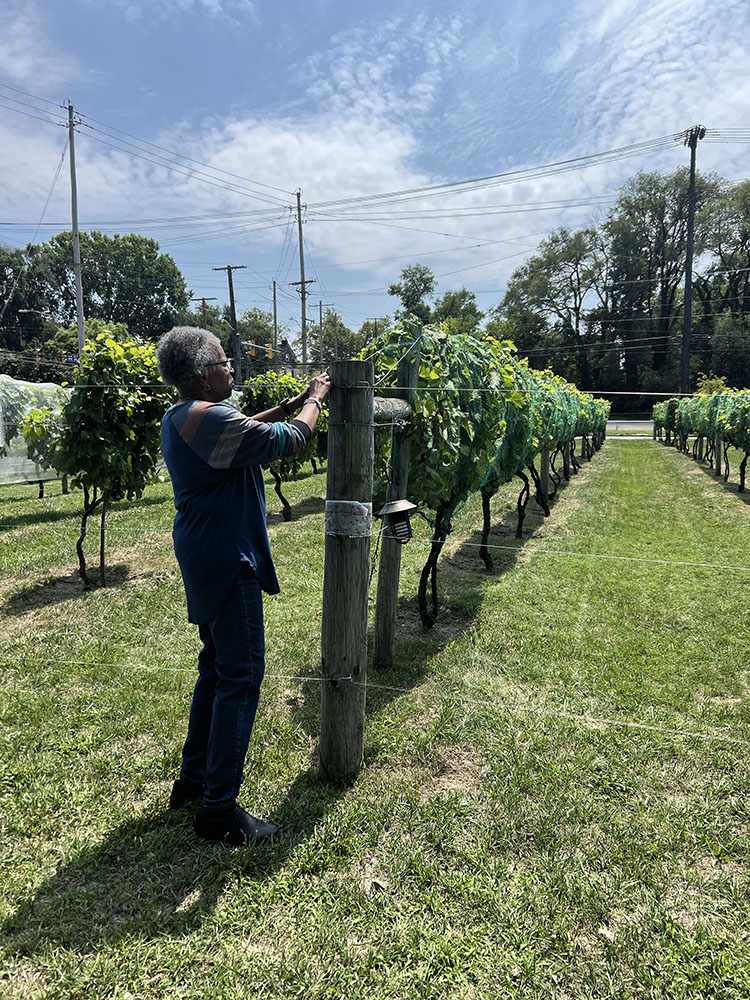Starting over in a new school can feel overwhelming for any student. Now, imagine arriving in a foreign classroom where the language is unfamiliar, every conversation feels out of reach and even your own name is met with confusion. The sense of isolation, frustration and uncertainty can be profound.
For English learners (ELs) in the United States, this is more than a one-day experience; it is a daily reality that tests their resilience and determination.
Junior Kevin Kuang knows this struggle all too well. Back in Beijing, he was a top-performing student, excelling in English exams and ranking in the top 10% of his peers. But when he moved to the United States, everything changed.
“I realized I was still unable to follow the speed of native speakers and was confused by accents and words I didn’t know,” he wrote in an email.
Even something as simple as his name became a hurdle, with teachers and classmates stumbling over its pronunciation.
“I was always afraid of being embarrassed if I didn’t understand what someone else was saying,” he wrote.
Kevin’s story highlights the emotional and academic challenges faced by many EL students as they navigate a new language and culture.
Beachwood’s English as a Second Language (ESL) program became a beacon of hope for Kevin, as it has for other students. It offered not only academic support but also the encouragement and sense of belonging he needed to rebuild his confidence.
Beachwood’s ESL program serves students from a broad range of cultural and linguistic backgrounds. According to Director of Pupil Services Jennifer Polak, 77 students are currently enrolled in the district’s K-12 ESL programs. They speak over 10 languages, including Arabic, Japanese, Chinese and Pashto. The program’s goal is clear: to help students acquire English proficiency while also integrating into the broader school community.
Ohio, like other states, relies on the federally-mandated ESL programs to support a growing immigrant population. In the 2021-22 school year, over 5.3 million English learners were enrolled in U.S. public schools, representing 10.6% of the total student population, according to the National Center for Education Statistics.
Nationally, the growing number of immigrant children in classrooms have reshaped education. Schools are not just teaching a new language but addressing trauma, cultural integration and academic gaps. In 2022, record levels of migrant arrivals challenged U.S. schools to expand resources, highlighting the importance of robust EL programs.
Research underscores the necessity of such programs. Studies published by the National Education Association shows that students who participate in well-designed ESL programs have better academic outcomes and fewer social adjustment issues compared to their peers who do not receive such support.
For students like sophomore Nitzan Haber, who moved from Israel four months ago, the emotional challenges are as significant as the academic ones.
“The first week was really difficult,” Nitzan said, highlighting the strain of adapting to new cultural norms while grappling with unfamiliar educational material. “But the program helped me meet friends who are dealing with the same things I am.”
According to Polak, Beachwood has implemented initiatives like a buddy system and culturally responsive teaching to ease these transitions. Teachers receive professional development to foster inclusivity and recognize the unique needs of ELs, ensuring they feel welcomed in their classrooms and mainstream classroom teachers have received additional training.
Programs like Beachwood’s mirror broader national efforts. Federally funded through Title III of the Every Student Succeeds Act, ESL programs are mandated to provide equitable educational opportunities. States like California and Texas, which have the highest number of ELs, allocate millions in additional funding to support these students. Ohio ranks number 21 in the number of ELs.
In areas with high migration rates, schools are also adapting innovative approaches, such as hiring multilingual teachers and using trauma-informed teaching practices to meet the unique needs of EL students, according to US News.
Statistics tell a compelling story. EL students in well-resourced programs show marked improvement in English proficiency within two to three years. Yet, disparities persist; according to the Migration Policy Institute, the average graduation rate for ELs nationwide is 69%, compared to 86% for all students).
Programs like Beachwood’s, which emphasize emotional support and cultural integration alongside academics, are crucial in bridging this gap.
Polak described how Beachwood’s Positive Behavior Supports system ensures that all students feel welcome and comfortable in their learning environments. This year they also initiated the district wide ‘Start with Hello’ program to combat social isolation for students.
Each building also uses a form of the buddy system for new students who are starting, pairing new students with others who will be able to support their transition.
National advocacy groups, such as UnidosUS, have called for increased funding to support EL programs, noting that more resources are essential for narrowing achievement gaps.
Parental involvement and community partnerships are essential components of ESL success. Beachwood collaborates with organizations like Asia Services in Action to provide resources for families.
“We’re always looking for more opportunities to connect with partners that can support students and families,” Polak wrote.
In some states, partnerships with local nonprofits have extended EL programs beyond the classroom, offering mentorship, after-school tutoring, and cultural events to celebrate diversity. These initiatives, experts say, foster a sense of belonging that is crucial for immigrant students’ success.
ESL programs can be transformational for students like Kevin and Nitzan. In addition to learning the language, they have built confidence, fostered friendships and embraced diversity.
“[ESL programming] should be everywhere in the world because it really helps,” Nitzan said.




















![“My parents have always said that education is important. My parents are Chinese immigrants, I'm Chinese American, [and that's a] value that has always been ingrained in our community,” said Senior Lyndia Zheng, pictured with Tony Zheng](https://bcomber.org/wp-content/uploads/2025/10/DSC_4244.jpg)
